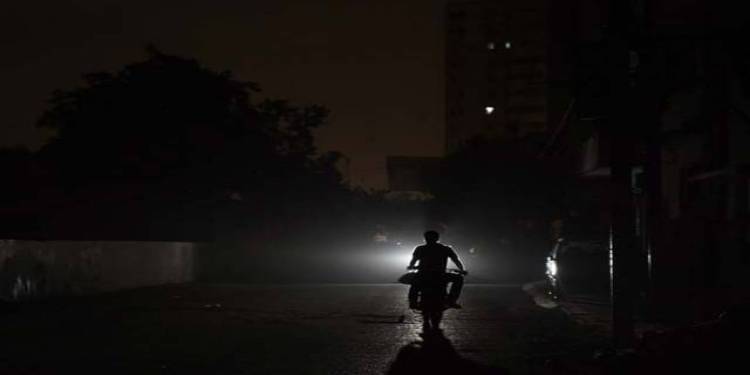
The Lahore Electric Supply Company (Lesco) has officially started four-hour-long load-shedding in the city despite a drop in electricity consumption brought on by the city's generally favorable weather.
According to the most recent load management program, when up to 20 percent aggregate technical and commercial (AT&C) losses are noted, there will be outages for two hours each day, for one hour each, for consumers in categories I and II.
Consumers who live in Category III zones would experience three one-hour daily outages. Similarly to that, users in Category IV will experience daily load shedding for four hours.
Since the temperature has dropped during the past several days, there has been a fall in the demand for power. Lesco chose to begin scheduled outages after briefly pausing the city's outages.
The current electrical demand for the power supply firm is 3,800–3,900 MW, while the supply is 3,400–3,500 MW. Its most recent load management scheme was built on a 4,026 MW maximum electricity demand.
More concerningly, exemptions from load shedding for the sector have been removed, and independent industrial feeders will now have to put up with daily outages of two hours.
In addition, many claimed that load shedding continues for up to five hours notwithstanding the timetable.
They proceeded by saying that consumers have been plagued by the threat of surprise outages. However, a Lesco official said that little disruption was being experienced and that load shedding was only being used on feeds with large losses.
For completely autonomous industry feeders, there are still zero-hour outages, but for industrial-dominated feeders, load management can last up to two hours. The power supply continues whenever there is an improvement in cases of abundant generation.
According to the most recent load management program, when up to 20 percent aggregate technical and commercial (AT&C) losses are noted, there will be outages for two hours each day, for one hour each, for consumers in categories I and II.
Consumers who live in Category III zones would experience three one-hour daily outages. Similarly to that, users in Category IV will experience daily load shedding for four hours.
Since the temperature has dropped during the past several days, there has been a fall in the demand for power. Lesco chose to begin scheduled outages after briefly pausing the city's outages.
The current electrical demand for the power supply firm is 3,800–3,900 MW, while the supply is 3,400–3,500 MW. Its most recent load management scheme was built on a 4,026 MW maximum electricity demand.
More concerningly, exemptions from load shedding for the sector have been removed, and independent industrial feeders will now have to put up with daily outages of two hours.
In addition, many claimed that load shedding continues for up to five hours notwithstanding the timetable.
They proceeded by saying that consumers have been plagued by the threat of surprise outages. However, a Lesco official said that little disruption was being experienced and that load shedding was only being used on feeds with large losses.
For completely autonomous industry feeders, there are still zero-hour outages, but for industrial-dominated feeders, load management can last up to two hours. The power supply continues whenever there is an improvement in cases of abundant generation.

